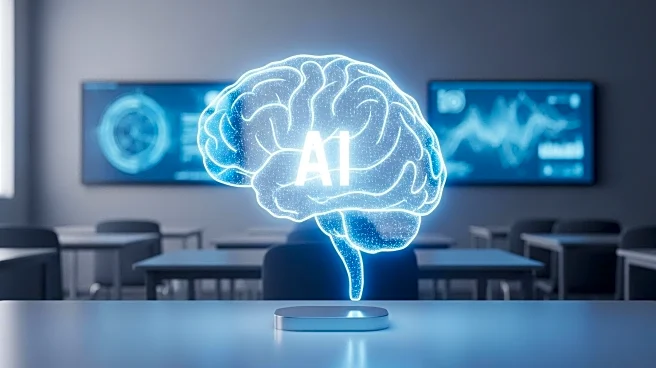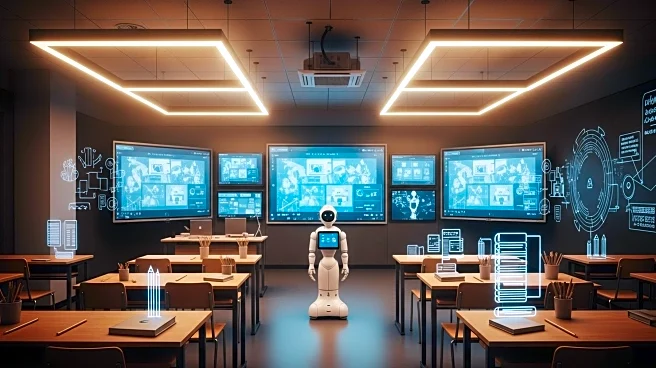What's Happening?
Higher education institutions are increasingly recognizing the need for continuous campus planning, moving away from the traditional model of master planning every decade. This shift is driven by factors such as enrollment fluctuations, evolving teaching methods, aging infrastructure, and changing student expectations. AI technologies are being positioned as key tools to support this transition, offering a more nimble, responsive, and data-informed approach. The traditional master planning process, which can take 12 to 18 months, often becomes outdated quickly, failing to meet the dynamic needs of campuses. AI can help orchestrate planning efforts, ensuring that updates and recalibrations occur more frequently and efficiently.
Why It's Important?
The integration of AI in campus planning is significant as it addresses the need for flexibility and adaptability in higher education infrastructure. By leveraging AI, institutions can better manage resources, respond to changing demands, and improve the overall educational environment. This approach can lead to more effective use of space, enhanced student experiences, and potentially lower costs associated with outdated planning methods. Stakeholders in the education sector, including administrators, faculty, and students, stand to benefit from a more responsive planning process that aligns with current and future needs.
What's Next?
As AI becomes more embedded in campus planning, institutions may need to invest in training and development to maximize its potential. This could involve hiring specialists or forming partnerships with tech companies to ensure effective implementation. Additionally, there may be discussions around ethical considerations and data privacy, as AI systems often require access to large amounts of information. Stakeholders will likely monitor the impact of AI on campus planning closely, assessing its effectiveness and making adjustments as necessary.
Beyond the Headlines
The use of AI in campus planning could lead to broader changes in how educational institutions approach infrastructure development. It may encourage a shift towards more sustainable and environmentally friendly practices, as AI can optimize resource use and reduce waste. Furthermore, the cultural shift towards continuous planning may influence other sectors, promoting a more agile and responsive approach to long-term strategic planning.










